Start Simple: Yoga Positions for New Practitioners
Chosen theme: Simple Yoga Positions for New Practitioners. Step onto your mat with curiosity and ease. This welcoming guide introduces gentle postures, steady breath, and small wins—perfect for your first week. Share your progress, ask questions, and subscribe for weekly beginner-friendly sequences.
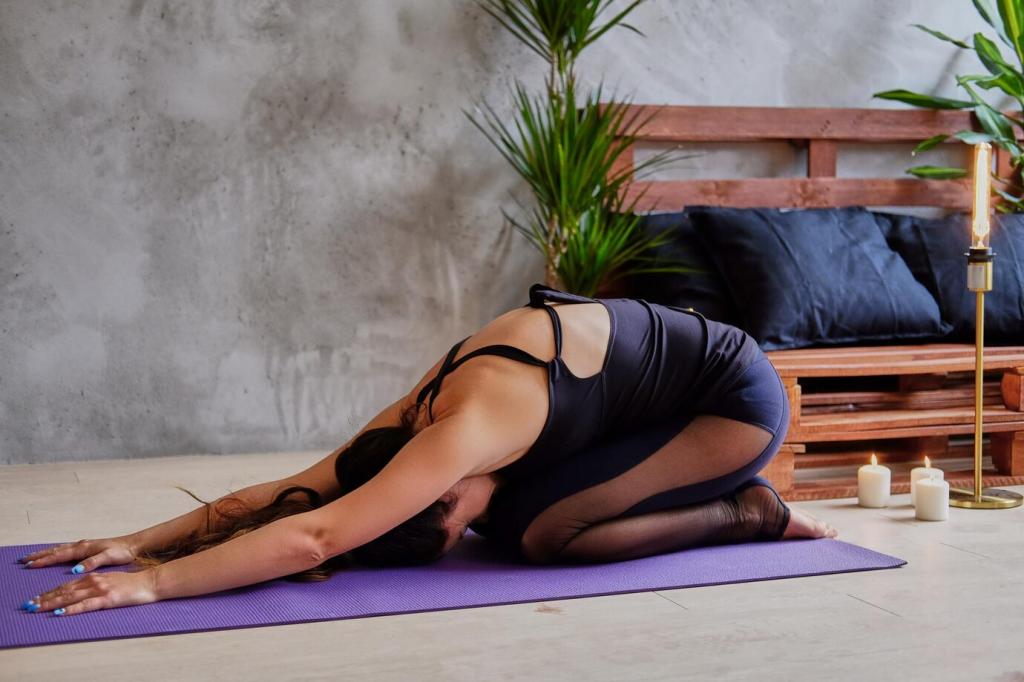
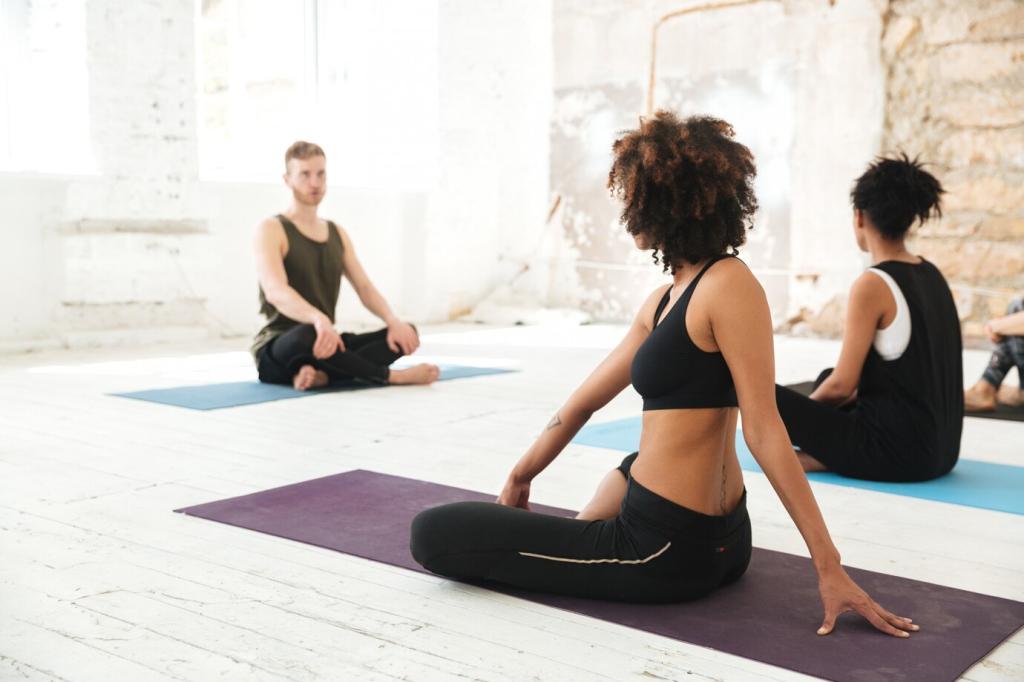
Gentle Entry into Movement
Simple positions reduce overwhelm and invite your body to warm up without pressure. You will notice small details—how your feet meet the floor, how your breath changes your posture—and those details become the foundation of a safe, lifelong practice.
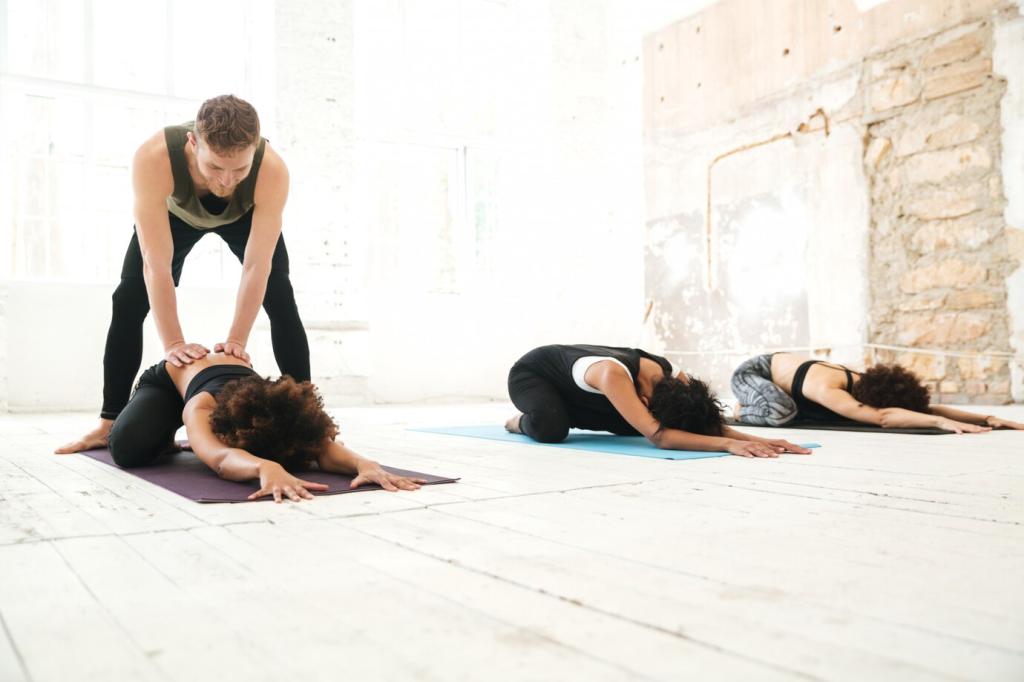
Confidence Through Clarity
Clear, uncomplicated shapes like Mountain and Child’s Pose give instant feedback. When you feel grounded and stable, your mind relaxes, focus improves, and consistency becomes easier. Share one simple cue that helped you today, so others can benefit too.
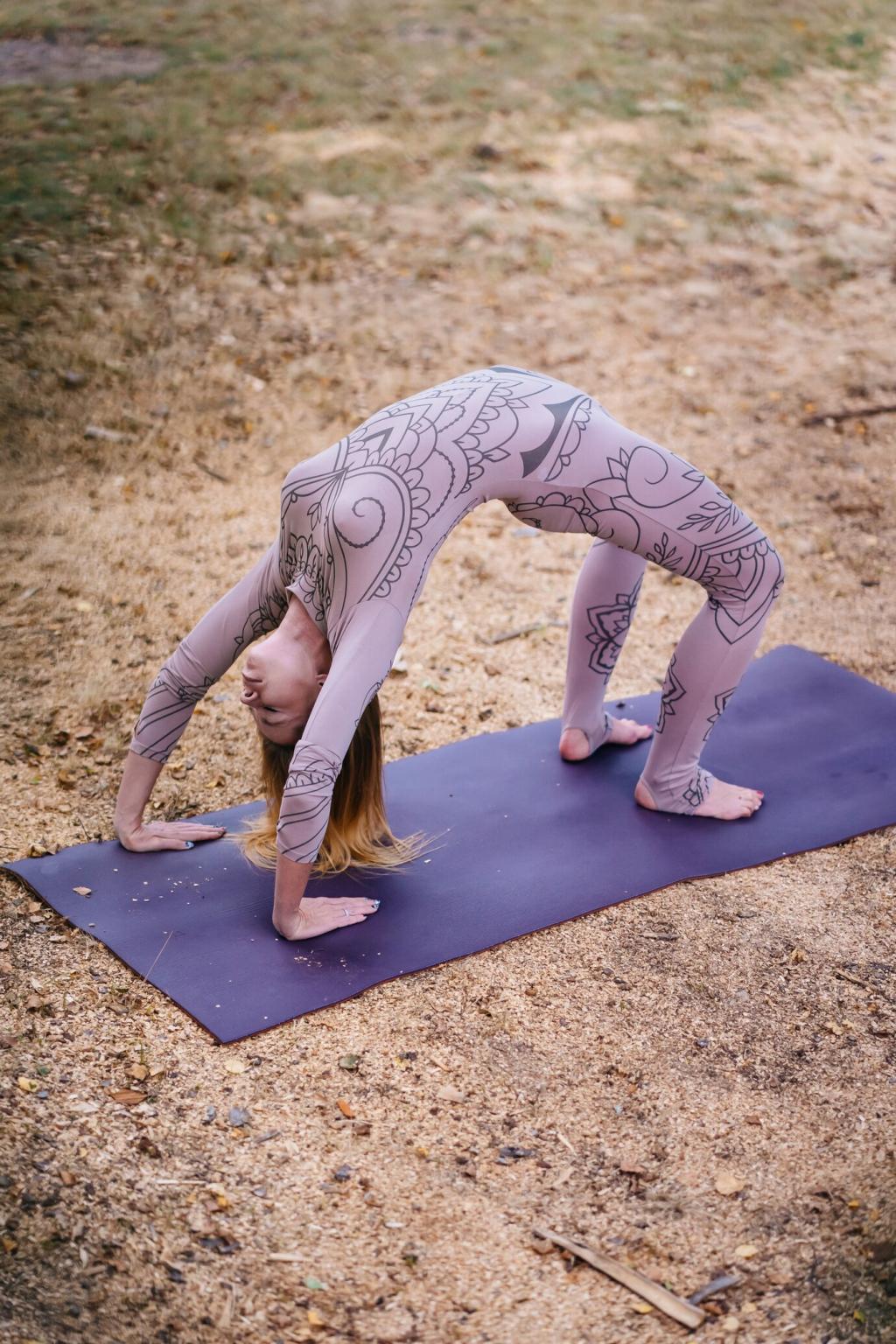
Safety First, Always
Starting with accessible positions helps prevent strain in wrists, lower back, and neck. By learning alignment early, you build protective habits that carry into every future class. If something felt uncomfortable, describe it below and we will troubleshoot together.
Mountain Pose (Tadasana)
Stand with feet hip-width, toes relaxed, knees soft, and crown lifting gently. Imagine energy traveling upward through your spine while your heels root down. This simple shape builds posture awareness and steadies your breath. Comment how tall and balanced you felt.
Child’s Pose (Balasana)
Kneel, sit back toward your heels, and fold forward, resting your forehead on a block or stacked hands. Soften your jaw and let your shoulders melt. This restful position encourages calm breaths, gentle back release, and a sense of emotional safety and quiet.
Cat–Cow (Marjaryasana–Bitilasana)
On hands and knees, alternate rounding and arching your spine with slow inhales and exhales. Keep movements smooth, wrists under shoulders, and knees under hips. This dynamic pair awakens your core, lubricates spinal joints, and teaches breath-led motion for beginners.
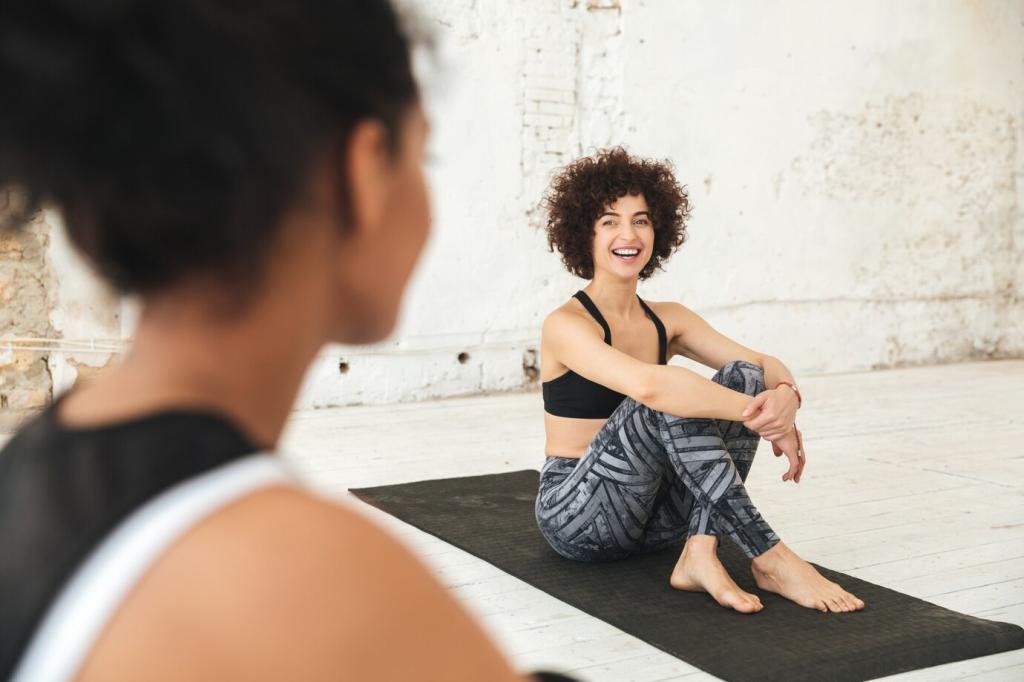
Diaphragmatic Breathing Basics
Place one hand on your belly and the other on your chest. Inhale through your nose so the lower hand rises first; exhale gently. This pattern stabilizes your core, quiets the mind, and keeps beginner positions comfortably anchored to steady breathing.
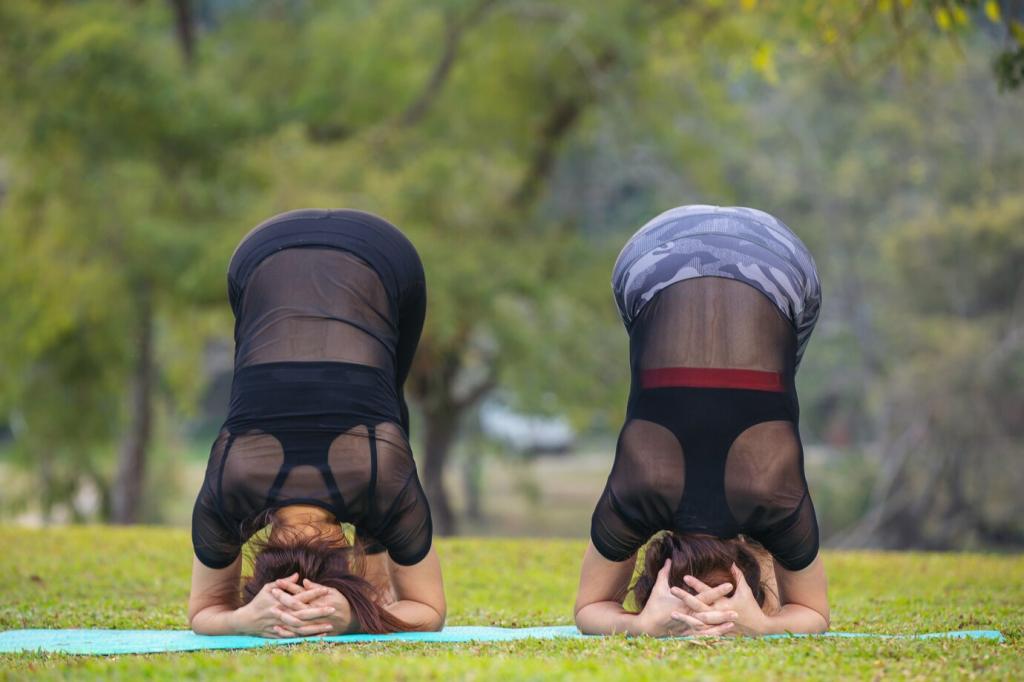
Neutral Spine Awareness
In all simple positions, imagine lengthening the back of your neck and widening your collarbones. Keep ribs soft and pelvis balanced. These subtle cues prevent collapse, reduce back tension, and help you feel both strong and light, especially during standing poses.
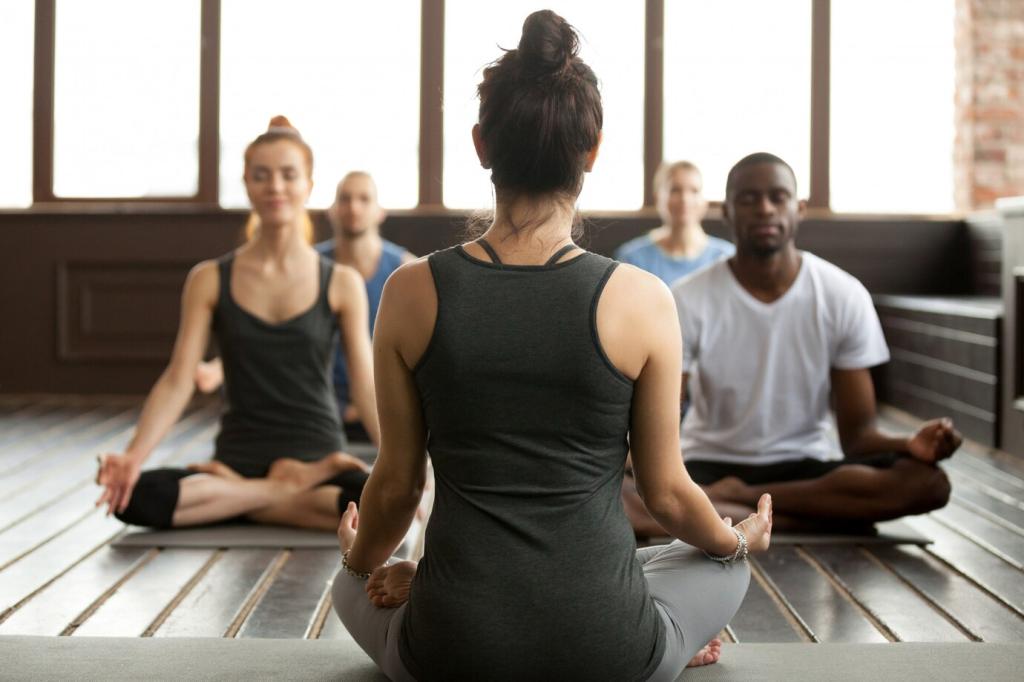
Helpful Props for Alignment
Use a folded blanket under knees, a block under hands, or a strap for tight shoulders. Props remove strain and reveal proper alignment pathways. Share a photo or note explaining which prop transformed your comfort, so other beginners can try it too.
A Gentle 10-Minute Starter Sequence
Begin in Child’s Pose for thirty to sixty seconds, breathing into your back. Transition to Cat–Cow with slow, even inhales and exhales. Finally, circle your shoulders and wrists gently. Keep everything soft, exploratory, and non-judgmental to invite your body to wake up.
Avoid These Common Beginner Pitfalls
01
Overreaching in Early Weeks
Pushing too far, too soon often creates wrist or lower back discomfort. Use props, bend your knees, and prioritize breath over depth. A small, easy range today will support a larger, safer range later—consistency is always the quiet engine behind progress.
02
Holding Your Breath
Breath-holding sneaks in during new movements. Counter it by counting a four-count inhale and four-count exhale in every simple position. If you notice tension building, pause, reset your breathing, and re-enter the pose with softness and renewed curiosity for sensation.
03
Comparing Yourself to Others
Bodies and histories differ. A neighbor’s flexibility says nothing about your strength, recovery, or nervous system today. Measure progress by comfort and control, not extreme shapes. Post one personal metric—sleep quality, mood, or focus—that improves when you practice simple positions.
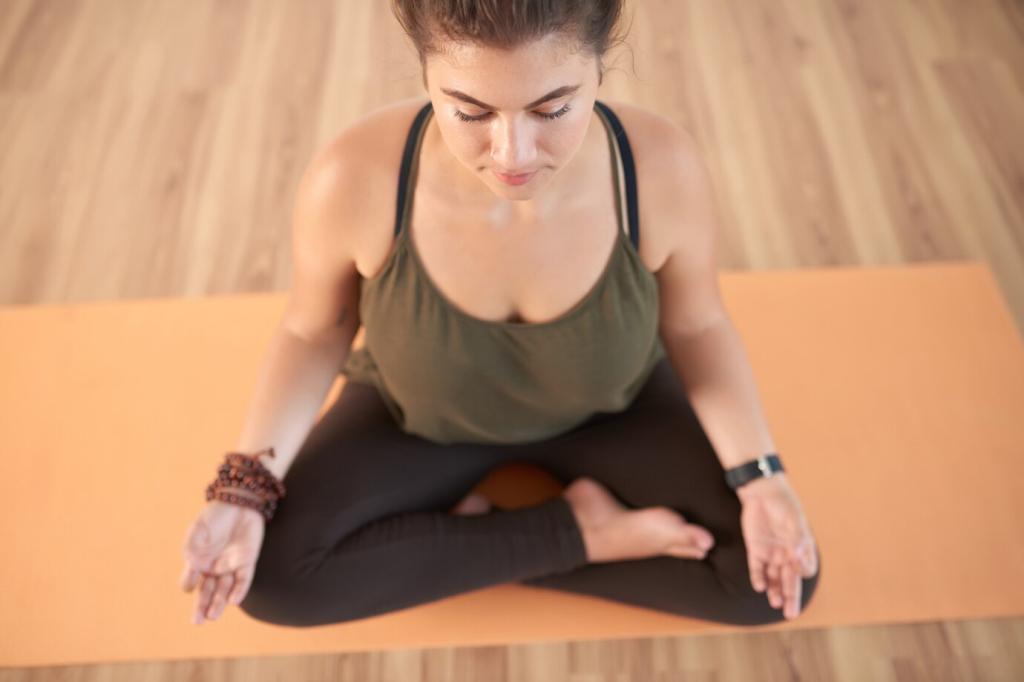
Build a Sustainable Beginner Habit
After each short practice, write one sentence about what felt easier. These mini-notes reinforce progress your brain might overlook. Over a month, small improvements accumulate into confidence, clarity, and calm. Share your favorite journal prompt to spark ideas for others.
Build a Sustainable Beginner Habit
Link your simple sequence to an existing habit, like brushing teeth or brewing coffee. A reliable cue lowers friction and protects your time. Even five minutes counts. Tell us your chosen cue below and how it shaped your consistency during the week.
